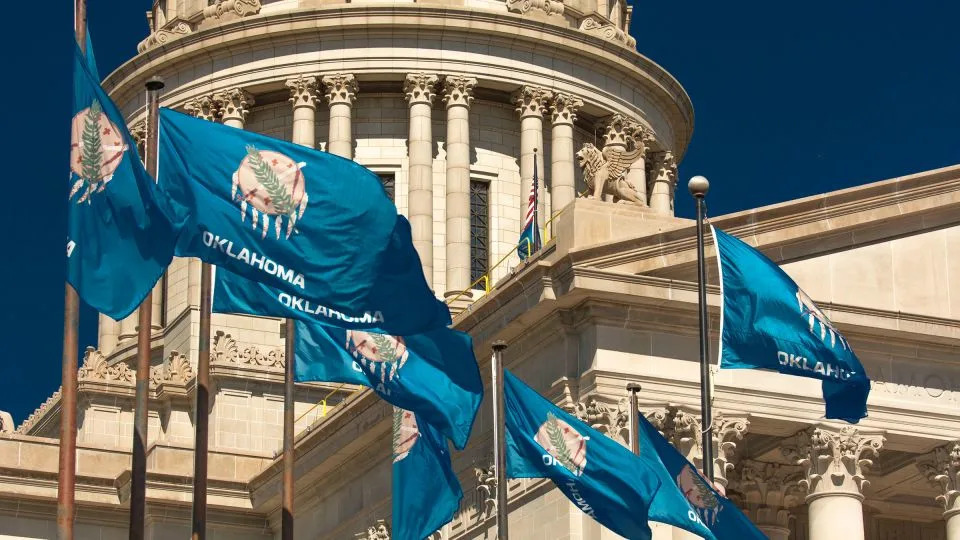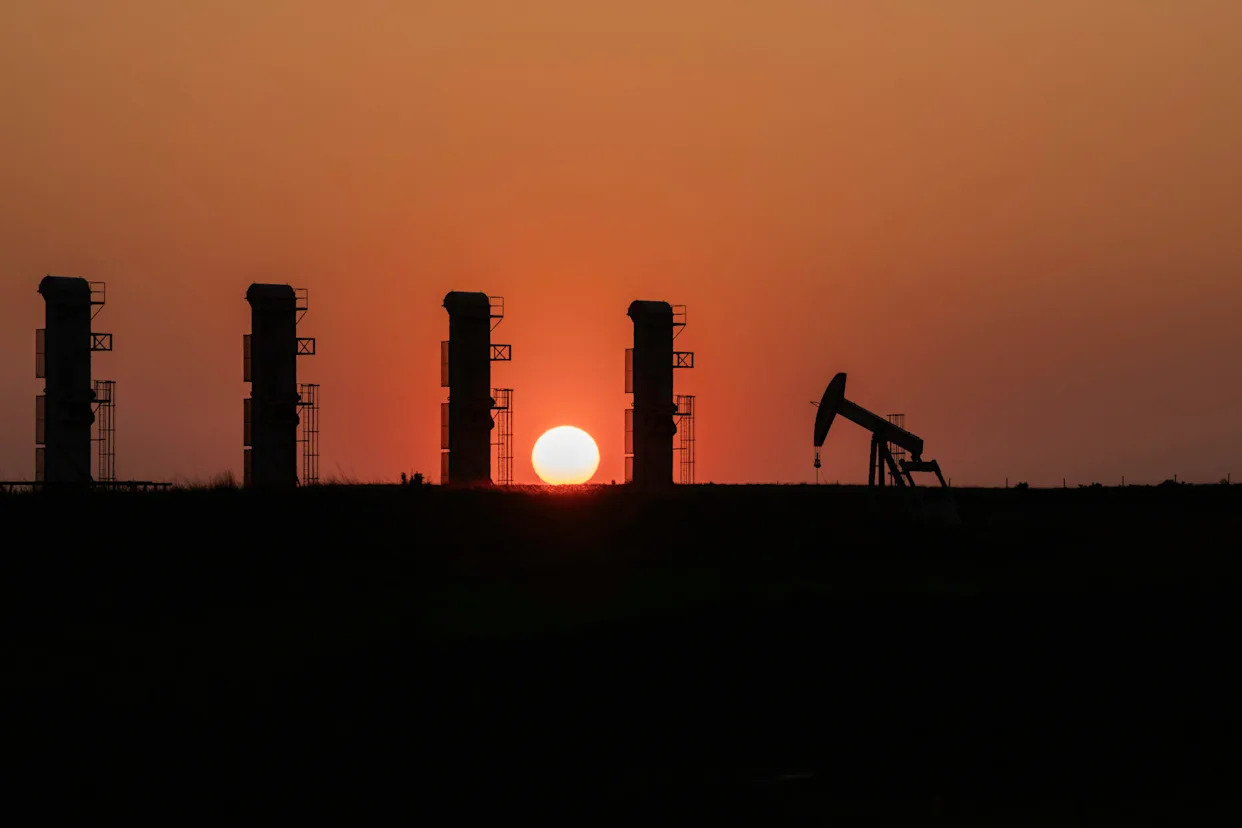
Within the past year, two major California oil refineries have announced plans to shutter — moves that will pull about one quarter of a million barrels from the state’s daily supply of gasoline. For a state that has been a standard-bearer in the push to get off fossil fuels, this might seem like a win. Instead, it’s caught political leaders off guard, unprepared, and scrambling to keep open the very facilities they once villainized.
The Phillips 66 refinery south of Los Angeles is slated to close by the end of this year, an announcement the company made last fall, two days after Governor Gavin Newsom signed legislation giving the state more authority to regulate such operations. This spring, Valero said it will close its Bay Area facility in 2026, citing in part a record $82 million fine for air pollution that was more than 360 times the legal limit.
Valero did not respond to a request for comment. Phillips 66 spokesperson Al Ortiz told Grist, “Our focus right now is on safely idling our facilities. We are proud of the work we have done and continue to do with the state to ensure we will be able to meet future market demand.”
Between the two closures, California is slated to lose 17 percent of its refining capacity, which could cause gas prices to surge past the already nation-leading price of $4.50 per gallon. It’s unclear what the closures might mean for reducing greenhouse gas emissions, as the state will likely import gasoline to cover a portion of the shortfall and people tend not to drastically decrease consumption even when prices go up.
Lawmakers don’t appear to have planned for this scenario.
“The state is largely without a system-wide transition plan,” Cottie Petrie-Norris, a Democrat who represents portions of Orange County in the state assembly, said at a recent hearing. Creating such a roadmap, she noted, “is one of the most complicated, and I believe important, challenges that policymakers will need to face in the decade ahead.”
Without a plan in place, environmental advocates worry the state will shove aside its progress combating climate change to keep gasoline flowing. California has for years led the nation in adopting stringent fuel economy standards, setting aggressive greenhouse gas reduction targets and enforcing strict environmental regulations. But, in their attempts to keep the refineries online, even Democrats are proposing measures such as fast-tracking drilling permits and pausing a profit cap on refineries, a step the state took in 2023 to control gas prices and combat price gouging.
“What we’re seeing right now from lawmakers in California is an attempt to appease Big Oil,” said Faraz Rizvi, policy and campaign manager at the Asian Pacific Environmental Network, an environmental justice organization. “The crisis of affordability in California and the results of the last election have really shaken California Democrats and they are really embracing a drill-baby-drill approach.”
Rizvi pointed out that, while oil companies have done a good job pinning blame for the closures on California regulations, market forces were already pushing in that direction. The consultancy Wood Mackenzie estimates that nearly a quarter of all oil refineries worldwide are set to go dormant by 2035. One recently began shutting down in Texas, which is among the most favorable business environments for fossil fuel companies. In California, survey data shows that demand for gasoline has dropped by roughly 15 percent since 2017. Ortiz nodded toward those trends when he told Grist in an email, “Phillips 66 announced the idling of its Los Angeles-area refinery as part of its focus on the long-term value of its asset portfolio.”
Rizvi was much more direct. “This is all about their profit margin. Their bottom line,” he said of oil companies, which have seen record profits in recent years. “They had the opportunity to hold California consumers hostage and they took it.”
Proponents of a fuel-agnostic free market disagree, saying that policymakers’ attempts to pressure oil and gas companies amounted to the state putting its thumb on the scale and contributed to the current crunch. “All of these politically creative costs make it more and more difficult to operate,” said Wayne Winegarden, who oversees environmental work at the libertarian Pacific Research Institute. “We as Californians have gone a little bit too far by not accounting for the costs we’re imposing by accelerating a transition that it is clear we’re not ready for,” he said. “We put ourselves in this very difficult situation.”
Despite a split on why the refineries decided to shut down, all sides generally agree that the state wasn’t ready for the moves. Rizvi said that this “middle” phase of an energy transition can be especially difficult to navigate as older technologies sunset and newer ones come on line. “California should have recognized that we are in a perilous moment,” he said.
While California leads the country in electric vehicle adoption, such cars still account for less than a quarter of all vehicles sold statewide. Federal EV tax credits are set to end this fall, and President Donald Trump’s administration has tried to freeze funding for charging station infrastructure (though recently reopened it). “You’re trying to force people into using technology that isn’t ready to take on that burden,” said Winegarden.
Exactly how California gets out of this conundrum is up for debate. Winegarden said that it’s important to be open to the role that all fuels, including oil, can play in the state’s energy future. Rizvi sees this as an opportunity to bolster investments in alternatives to fossil fuels and commit to a green transition.
Regardless, they said, lawmakers need to chart a course — and quickly. “A piecemeal approach to the transition is not the answer,” Petrie-Norris said at the hearing. “We need a real plan.”
This story was originally published by Grist with the headline California is sunsetting oil refineries without a plan for what’s next on Aug 15, 2025.







Comments